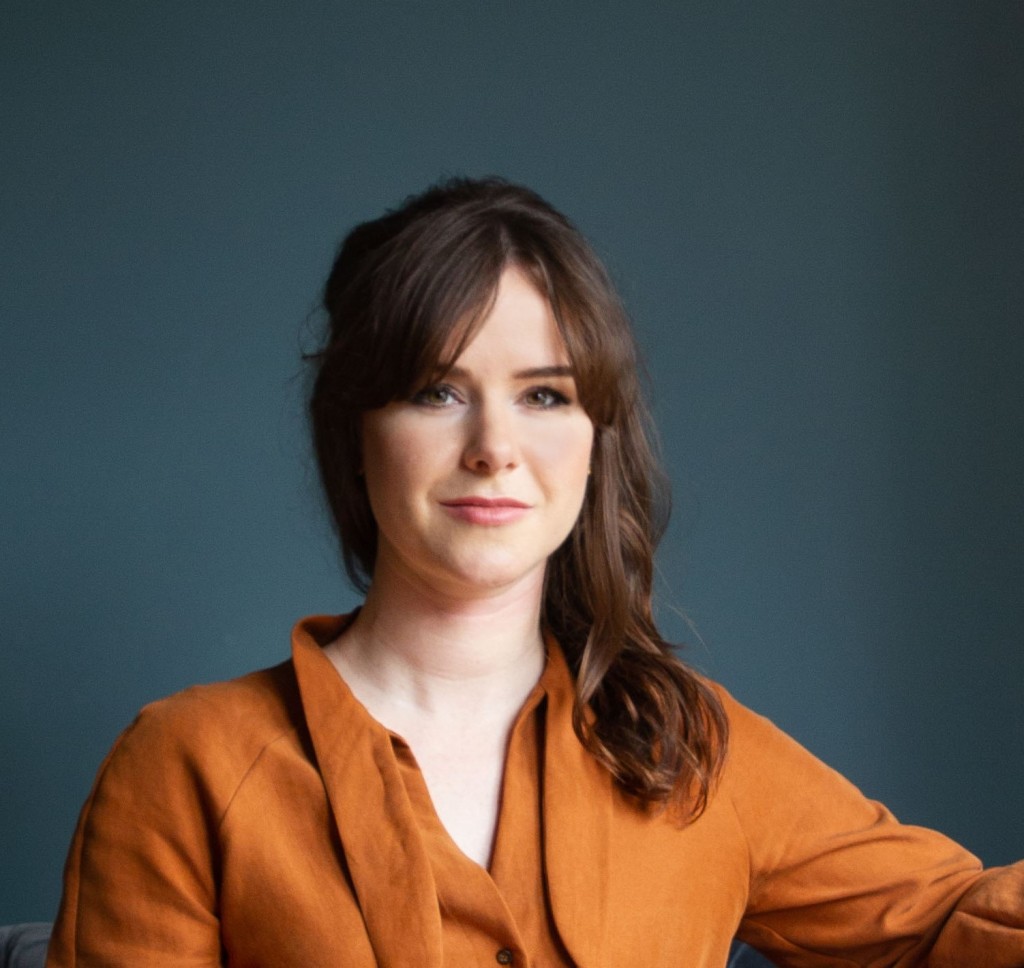
As we are in March, Endometriosis Awareness Month, we thought we should highlight the chronic disease and use this opportunity for all to understand more about the condition. Endometriosis is the second most common gynaecological condition in the UK, affecting 1 in 10 women in the UK (1.5 million).
Endometriosis, also known as the ‘invisible illness’ is a long-term condition where cells similar to the ones in the lining of the womb (uterus) are found elsewhere in the body. Each month these cells react in the same way to those in the womb, building up and then breaking down and bleeding. Unlike the cells in the womb that leave the body as a period, this blood has no way to escape.
An estimated 176 million women worldwide suffer a life of pain of the disease and according to Endometriosis UK one in every 10 women live with the long-term health condition. That’s over 1.5 million women, which can also be felt for life. It can affect women of any age, regardless of their race or ethnicity and can have an impact on the quality of life and in some cases take women years to be diagnosed. Endometriosis can not only worsen if it goes untreated, but the condition can also have a huge impact on someone’s career, relationships, and mental health.
Abbie Stapleton said “When I was 14 I experienced my first episode of really excruciating pain, but this was before my period started which then came a year later. Every month I would have a period and be bed bound, unable to walk, fainting and nothing being able to ease my pain. I was sent back and forth to different health care professionals month after month and just being told that nothing was wrong.”

“My tests would come back clear and I was always dismissed as being the unlucky one with bad periods.” Abbie explains “It wasn’t until my pain became chronic in December 2018 that endometriosis started being investigated and when I did see a gynaecologist I was told I was way too young to ever have severe endometriosis. I then pushed for an MRI which actually came back with having deep severe endometriosis. My pain got worse where I was then put on the surgery list and I went onto have endometriosis excision surgery, after a year of being on the waiting list. I waited ten years to be diagnosed with endometriosis from the onset of my pain, symptoms and just going backwards and forwards to different health care professionals.”
Women living with endometriosis experience severe pain and bleeding. It may also lead to infertility. The most common symptom is pain in your lower tummy or back (pelvic pain), very painful and heavy periods as well as pain during or after sex. The condition may also trigger spotting or bleeding between periods, pain when going to the toilet, bloating, nausea, constipation and diarrhea. GP Dr Hilary Jones said “These symptoms are often put down to just period pains. Women often go for many years without the diagnosis being made. If your periods are very heavy or very painful then it’s always worth thinking about endometriosis as a possible cause. I would encourage women, that if they think it is endometriosis to go and seek help earlier rather than later”.

It is said that more than half of women have to visit a GP more than ten times before being referred to a specialist. Dr Hilary explains that “Most women’s period pain is predictable, manageable and easily treated with paracetamol or ibuprofen. When that doesn’t control the pains that you are getting, when the pain is more widespread goes down the thighs and into your back throughout the pelvis and lower abdomen, when it affects your normal activities and you have to take time off work, then it’s something that needs to be treated. No woman should be putting up with those symptoms and I say if it’s a possibility just go and get it checked out”.
Treatments include painkillers, hormone medicines, contraceptives, and surgery such as laparoscopy (keyhole surgery) and hysterectomy. Some women find these treatments ineffective and abandon medical treatment or seek alternative therapies. Nutritionist Lorna Driver-Davies said “There are lots of things you can do to change your diet and lifestyle, to recovery from treatment (surgical) and to get you in a healthier position looking at supporting hormones and the immune system which are the two key areas when managing the condition.” Lorna explains “Endometriosis can really affect the gut – with many women experiencing digestive issues, especially if endometriosis has been found on the intestines. This can lead to issues with nutrient absorption and imbalances of bacteria in the gut can also worsen the condition – so I advise taking a look at gut health if you have endo. Women with endo can have a history of heavy periods. So, every time you bleed you are losing nutrients. That’s why you see low iron and magnesium in women who’ve got endo, and these nutrients play a role in supporting your body and you feeling good.”

“It’s a multidisciplinary condition, everyone in health has a role to play including chiropractors and physiotherapists because it creates distortions in the body, for example organs can get twisted round and stuck together. The medical approach works incredibly well if you combine it with looking at diet and lifestyle.” She went on to say “You get a lot of mental health issues with Endometriosis, depression, low mood, anxiety partly that comes from not being listened to, women are still told that it is in their head that they have these painful problems. But also, that the same nutrients that would normally support the brain and mood, are prioritised by the body to manage pain and inflammation”
It is said that endometriosis costs the UK economy £8.2bn a year in treatment, loss of work and health care costs. Endometriosis Clinical Nurse Specialist Gilly Macdonald said “It’s not something that’s talked about and some symptoms can often be mistaken for other conditions. More research is needed. We need to increase awareness of endometriosis amongst health care providers and the wider community. We need to increase education and skills to recognise the condition, improving early diagnosis, treatments and access to specialist services.” Gilly explains “A cure for endometriosis has not yet been identified because the exact cause of endometriosis is still uncertain. It remains a poorly understood condition.”
Shelley & Michelle xx
Very real warming and engaging script. We has women there is no need to suffer in silence there is always to talk too
LikeLike